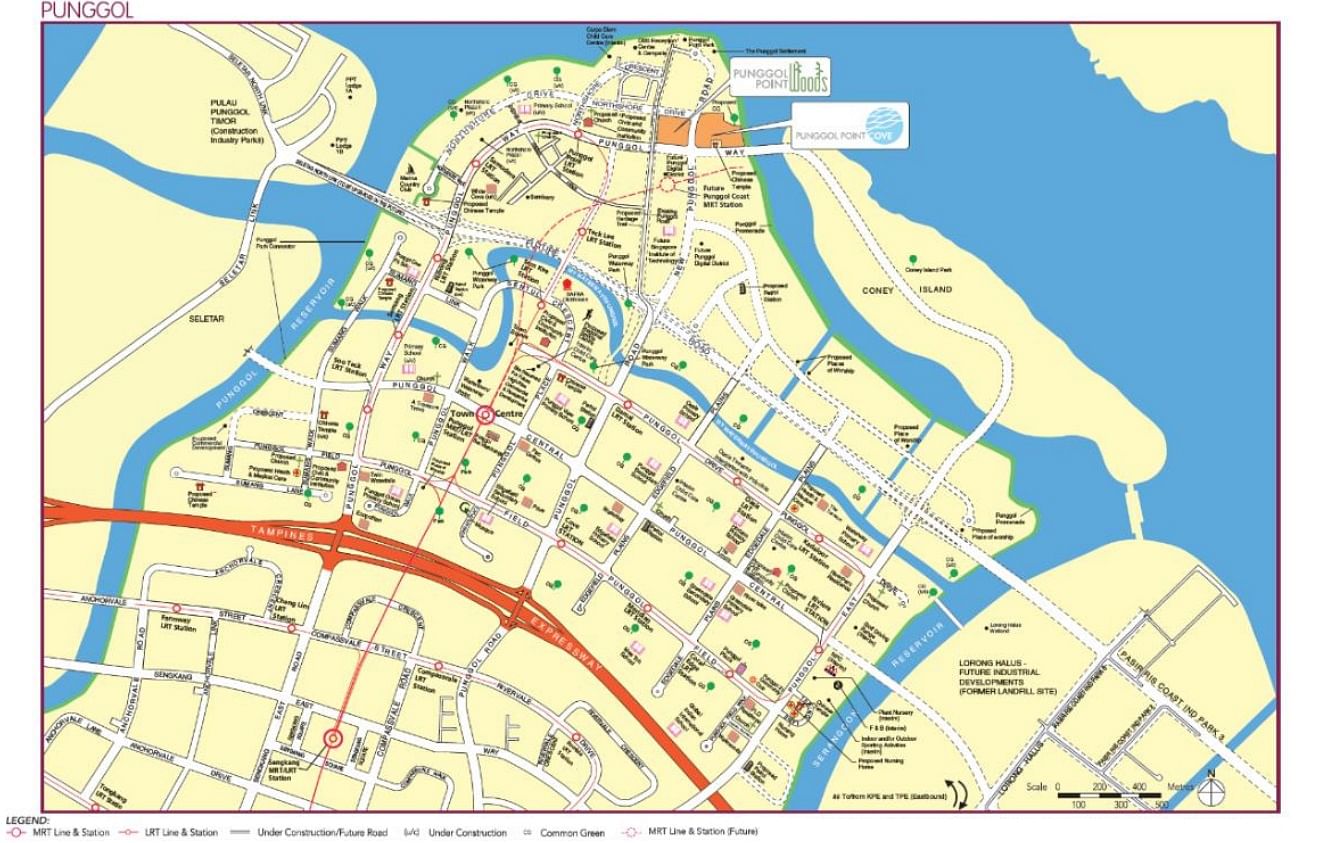Flat buyers using CPF can retain up to $20,000 in OA when applying for HDB loans
Sign up now: Get ST's newsletters delivered to your inbox
Rachel Au-Yong
Follow topic:
SINGAPORE - Flat buyers will have more flexibility in using their Central Provident Fund (CPF) money, the Housing Board said as it launched 5,101 flats for sale from Tuesday (Aug 28).
Buyers can now keep up to $20,000 in their CPF Ordinary Accounts (OA) when they take a Housing Board loan. Before, they had to use all the funds in their OA first.
Said the HDB: "The funds can be used for their monthly mortgage instalments in times of need and will improve retirement adequacy if left unutilised."
Buyers can use all their funds in the OA if they wish. The interest rate for a Housing Board loan is 2.6 per cent, or 0.1 per cent above the prevailing CPF OA rate, currently 2.5 per cent.
In contrast, most bank loans offer, at the moment, lower interest rates. But these rates are subject to market fluctuations.
Still, observers unanimously welcomed this new policy, saying it offers buyers a choice.
Mr Alfred Chia, chief executive of financial advisory firm SingCapital, recommended that buyers leave some money in their OAs.
"You might think you lose out because you have to 'pay' 0.1 per cent more on your HDB loan. But property is illiquid, and if you put all your money into your property, then it is stuck there," he said.
"If your house is fully paid but you do not have cash or CPF savings to draw from, it doesn't help in your day-to-day living when you retire."
The policy might have also been changed to get people to think more about their retirement plans.
"People have been conditioned to think of their OA as their housing budget, which has probably led some buyers to choose more expensive housing than they really need or can comfortably afford," Singapore University of Social Sciences economist Walter Theseira said.
"We should view this policy change in the context of nudging people to realise that they don't have to exhaust their OA for housing if they don't want to."
The new CPF rules apply to the latest sales launch.
The flats offered for sale are 4,375 Build-to-Order flats in Yishun and a new waterfront district in Punggol, and 726 Re-Offer of Balance Flats (ROF) units - flats that remain unsold after several exercises.
Prices excluding grants for the new flats range from $75,000 for a two-room flexi flat in Yishun to more than $411,000 for a three-generation flat in Punggol.

The Punggol flats, in two housing projects called Punggol Point Cove and Punggol Point Woods, are in a new waterfront district that the HDB launched on Sunday. The two projects are bounded by New Punggol Road and Punggol Way.
There are two Build-to-Order projects in Yishun offered for sale. Melody Spring @ Yishun is bounded by Yishun Avenue 8 and Yishun Street 42 and Yishun Glen is bounded by Yishun Ring Road, Yishun Street 31 and Yishun Avenue 6.
ERA Realty key executive officer Eugene Lim said he expects the Punggol flats to be more popular despite the higher prices, as they are located near the upcoming Punggol Coast MRT station and the Punggol Digital District.
Some of the flats also have sea views, and are expected to appeal to young families, he added.
Meanwhile, the Yishun flats are located further away from Yishun MRT station, but the comparatively lower prices should help make them attractive, said Mr Lim.
The balance flats comprise 67 two-room flexi units, 171 three-room units, 294 four-room units, 152 five-room units, 33 three-generation flats, and nine executive flats in various towns.

About 58 per cent of these are already completed, said the HDB.
Applications close next Monday (Sept 3).
The next BTO launch will be in November, where the HDB will offer about 3,800 flats in Sembawang, Sengkang, Tampines, Tengah and Yishun.
Apart from the flats in Tampines and Tengah, the projects will have a shorter waiting of time of 2.5 years instead of the typical three to four years. They are the first batch of projects with shorter waiting times first announced in 2017.

